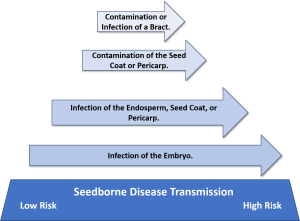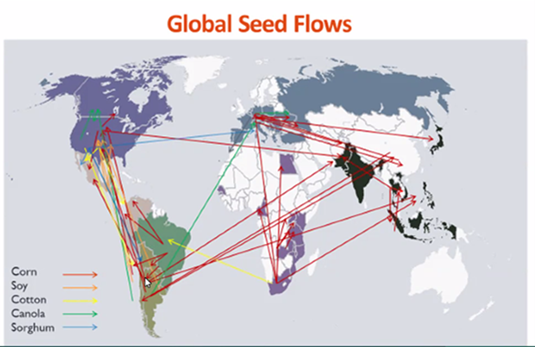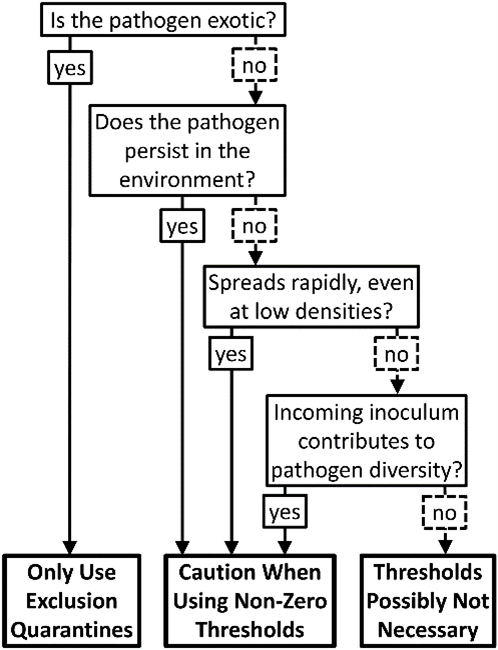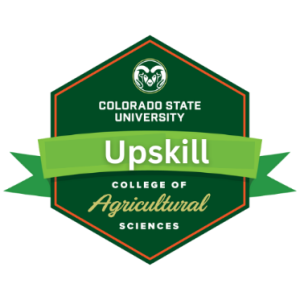7.4 – The Risk of Pathogen Infected Seeds
The Global Seed Industry and Pathogen Risks
The seed industry operates on a global scale, with seeds being exported and imported daily for commercial, research, and breeding purposes. Seeds are also traded for trials, to manage labor costs, and to speed up the breeding process by taking advantage of production in regions with more favorable climates.
However, seedborne pathogens can “ride along” with seeds, either infecting the seed or contaminating seed lots. Both pathogens and seeds can remain viable for several years depending on storage and environmental conditions—much longer than pathogens associated only with soil. While the presence of a pathogen doesn’t always result in disease transmission or symptom development, a virulent, viable pathogen within a seed lot poses a potential risk.
The risk of pathogen transmission and disease development largely depends on which part of the seed is infected. Research shows that pathogens infecting the seed embryo pose the highest risk of transmission. In other seed tissues, pathogen location may not present as significant a risk. The following pathogens infect seed embryos and are therefore likely to be transmitted through seeds. Seed transmission serves as the primary means of spreading these pathogens to new areas due to their presence in seed embryos:
- Bean common mosaic virus in beans
- Barley stripe mosaic virus in barley and wheat
- Lettuce mosaic virus in lettuce and cucumber mosaic virus (which has a very wide host range)
This diagram illustrates the relative risk of further disease transmission to other seeds based on what part of the original seed has been infected.

Quality Risks and Business Impact
Any pest or pathogen associated with seeds reduces overall seed quality and presents risks to the receiving party or nation. Seedborne pathogens also threaten the reputation of seed companies by compromising the perceived quality of their seeds. Seed companies cannot maintain business if their seed quality is low or if they risk introducing pathogens.

Phytosanitary Regulations and Risk Assessment
An international system of quarantine and phytosanitary regulations has been established, based on risk assessments conducted by governments. These regulations are managed by National Plant Protection Organizations (NPPOs).
Phytosanitary measures focus on plant health and ensuring that imported seeds and plant materials are free from specific pests and pathogens of regulatory concern.
As part of the phytosanitary process, risk assessments are conducted on a case-by-case basis for each seedborne pathogen. Several key questions are answered to determine the level of regulation or restriction required as illustrated in the diagram below. In the United States, pest risk assessments consider economic factors as well. The NPPO in the U.S. is the USDA APHIS PPQ (United States Department of Agriculture, Plant Protection and Quarantine), while in Canada, the NPPO is the CFIA (Canadian Food Inspection Agency).

Review
Work through these interactive questions to review the important concepts discussed.

